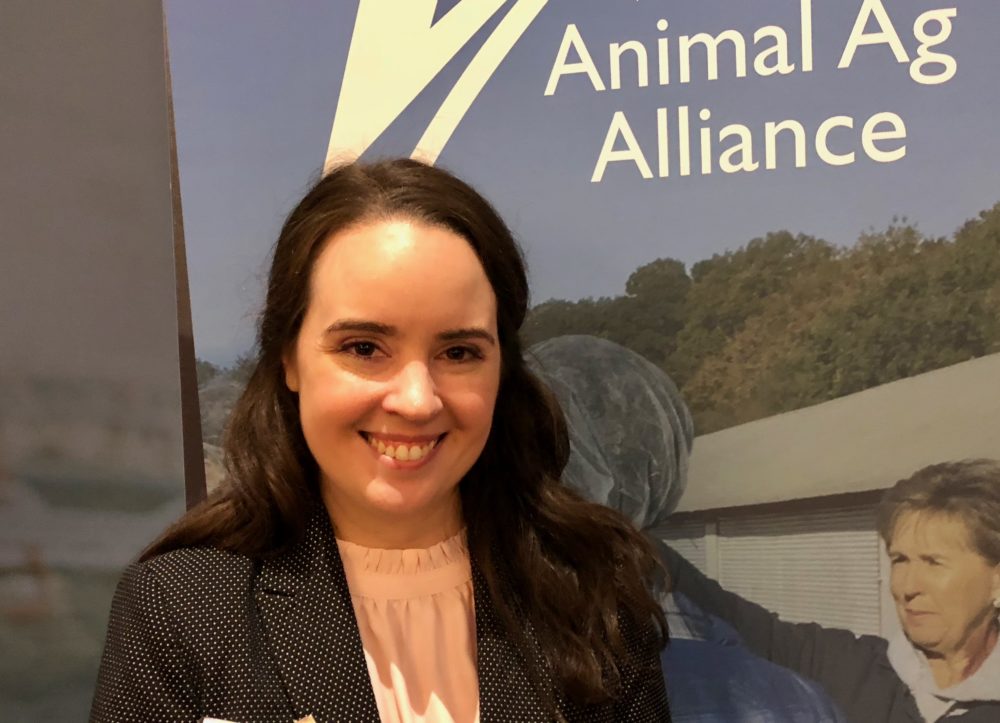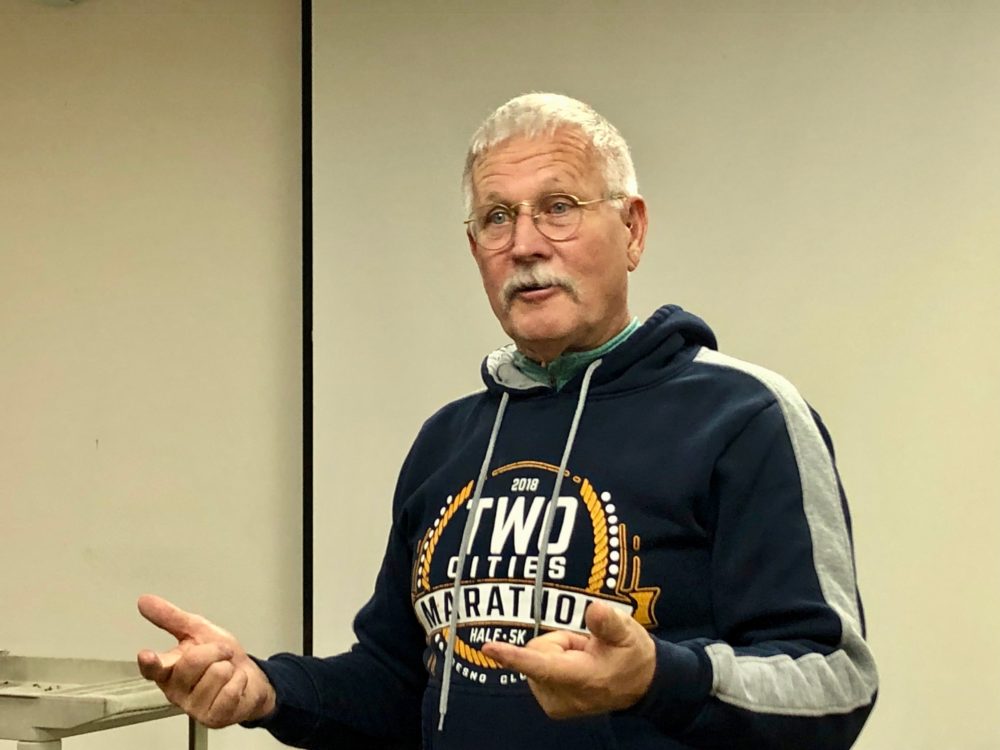Pest Management is Essential
The Positives of Pest Management
By Mikenzi Meyers, Associate Editor
There’s a case to be made for both organic and conventional farming, but make no mistake that they both have the same intention: safe food for human consumption. Few people know this better than Brian Leahy, chief of the Department of Pesticide Regulation in California, one of the 16 agencies under the umbrella of the California Environmental Protection Agency.
There are certain precautions that all farmers need to take to ensure our produce is of the highest quality, one of which is the use of pesticides. Leahy explained that yes, even organic growers require pesticides to protect their crop.
“They’re very different, and they go through a process,” he further added.
“When your food leaves the farm, it goes through a lot of pest management,” Leahy continued, “We’re doing it every day, so let’s acknowledge that it’s there.”
The fact is, everyone uses pesticides, whether it be in the grocery store or our very own homes, and if they are not properly managed it can lead to trouble.
“We’re all in this pest management together. Let’s start putting the resources into it so that we do it in a way we think we want,” Leahy concluded.
To find out how DPR regulates pesticide use, go here.
























